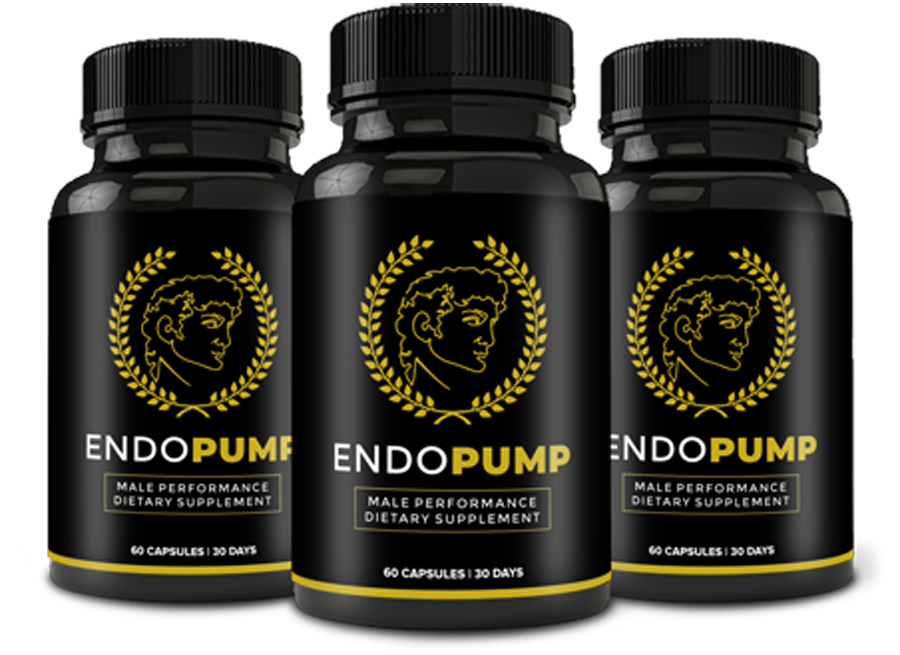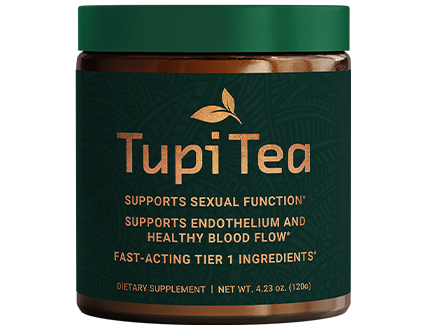
U.S. Scientists Discover Secret For Stamina & Virility At Any Age , Ingredients That May Help: bluecheck Support a healthy libido, bluecheck Support healthy stamina, bluecheck Support adequate nitric oxide production
ED and sexual dysfunction in women: A comparison.
Erectile dysfunction (ED) in men and sexual dysfunction in women both represent significant challenges to sexual health, intimacy, and relationship satisfaction. While they share similarities in terms of impact on sexual relationships and emotional well-being, there are also key differences in their manifestations, underlying causes, and treatment approaches. Here’s a comparative overview of ED and sexual dysfunction in women:
1. Definitions and Types of Dysfunction
A. Erectile Dysfunction (ED)
- Definition: ED is characterized by the inability to achieve or maintain an erection sufficient for satisfactory sexual performance. It can manifest as difficulty in achieving an erection, maintaining an erection during sexual activity, or reduced rigidity.
- Types: ED can be classified into:
- Primary ED: Never having achieved an erection sufficient for sexual intercourse.
- Secondary ED: Previously able to achieve an erection but now experiencing difficulties.
B. Sexual Dysfunction in Women
- Definition: Sexual dysfunction in women encompasses a range of disorders that can affect sexual desire, arousal, and satisfaction. Common types include:
- Hypoactive Sexual Desire Disorder (HSDD): Low or absent sexual desire.
- Female Sexual Arousal Disorder (FSAD): Inability to achieve or maintain sexual arousal, despite desire.
- Orgasmic Disorder: Difficulty in achieving orgasm.
- Pain Disorders: Conditions such as vaginismus or dyspareunia that cause pain during intercourse.
2. Prevalence and Demographics
- ED in Men: Estimates suggest that ED affects around 30 million men in the U.S., with prevalence increasing with age. Factors such as diabetes, cardiovascular disease, and psychological issues can contribute to its onset.
- Sexual Dysfunction in Women: Approximately 40% of women report some form of sexual dysfunction, with prevalence also increasing with age. Hormonal changes (e.g., menopause), relationship issues, and medical conditions can all influence sexual function.
3. Psychological and Emotional Factors
A. ED in Men
- Performance Anxiety: Men with ED often experience anxiety related to sexual performance, leading to a negative feedback loop that can exacerbate the condition.
- Depression and Low Self-Esteem: ED can affect self-image and lead to feelings of inadequacy or depression, which can further diminish sexual desire.
B. Sexual Dysfunction in Women
- Body Image Issues: Women may experience body image concerns that impact their sexual desire and enjoyment. These issues can be exacerbated by societal pressures and norms.
- Relationship Factors: Relationship dynamics, including communication and emotional intimacy, play a significant role in women’s sexual satisfaction. Poor communication can lead to frustration and decreased desire.
4. Biological and Physiological Factors
A. ED in Men
- Physiological Causes: ED can be caused by vascular issues, nerve damage, hormonal imbalances, or medication side effects. Conditions such as diabetes, hypertension, and obesity can also contribute to its development.
- Age-Related Changes: Testosterone levels decline with age, potentially impacting libido and contributing to ED.
B. Sexual Dysfunction in Women
- Hormonal Changes: Hormonal fluctuations during the menstrual cycle, pregnancy, and menopause can affect libido and sexual function. Reduced estrogen levels during menopause can lead to vaginal dryness and discomfort.
- Medical Conditions: Conditions like endometriosis, pelvic pain, or chronic illnesses can also affect sexual function and desire.
5. Impact on Relationships and Intimacy
A. ED in Men
- Effects on Intimacy: ED can lead to reduced sexual activity, causing feelings of frustration and disconnection between partners. The inability to perform sexually may strain relationships and lead to avoidance of intimacy.
B. Sexual Dysfunction in Women
- Effects on Relationship Satisfaction: Women experiencing sexual dysfunction may feel less connected to their partners. The emotional toll of these issues can lead to decreased intimacy and increased relationship stress.
6. Treatment Approaches
A. ED in Men
- Medical Treatments: Common treatments for ED include phosphodiesterase type 5 inhibitors (e.g., Viagra, Cialis), vacuum erection devices, and penile injections.
- Psychotherapy: Therapy can help address performance anxiety, relationship issues, and underlying psychological factors contributing to ED.
B. Sexual Dysfunction in Women
- Medical Treatments: Treatment may involve hormone therapy (e.g., estrogen replacement), vaginal moisturizers, or medications like flibanserin (Addyi) for HSDD.
- Therapeutic Interventions: Sex therapy can help women explore emotional and psychological barriers to sexual enjoyment and develop strategies to enhance intimacy.
7. Cultural and Societal Influences
- Stigma and Taboo: Both ED and sexual dysfunction in women are often shrouded in stigma, making it difficult for individuals to seek help. Societal expectations can also influence how these issues are perceived and addressed.
- Gender Differences: There may be differing societal attitudes toward men and women experiencing sexual dysfunction, often leading to underreporting and misunderstandings.
Conclusion
While erectile dysfunction in men and sexual dysfunction in women share common themes related to sexual health and intimacy, they also exhibit distinct characteristics influenced by psychological, biological, and relational factors. Understanding these differences is essential for effective treatment and support for individuals experiencing these challenges. Open communication, medical intervention, and therapeutic support can help address the complexities of sexual dysfunction in both men and women, fostering healthier relationships and improved sexual well-being.

